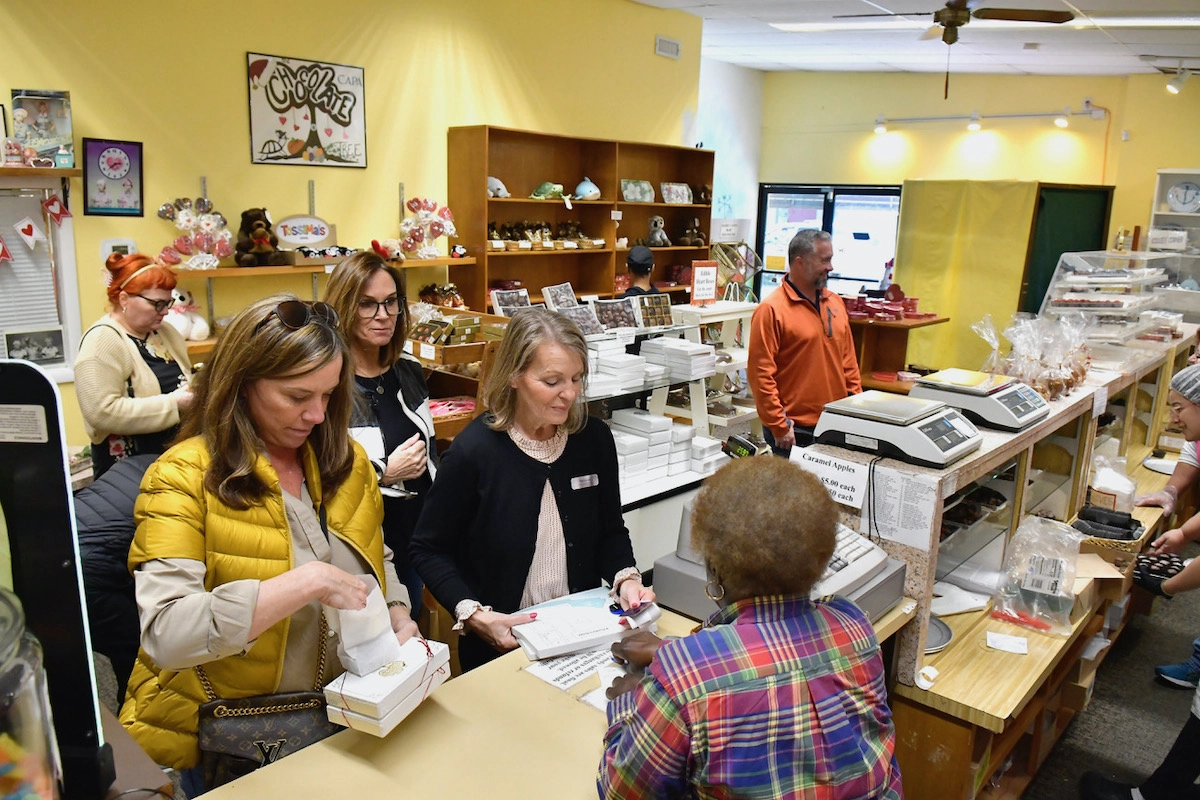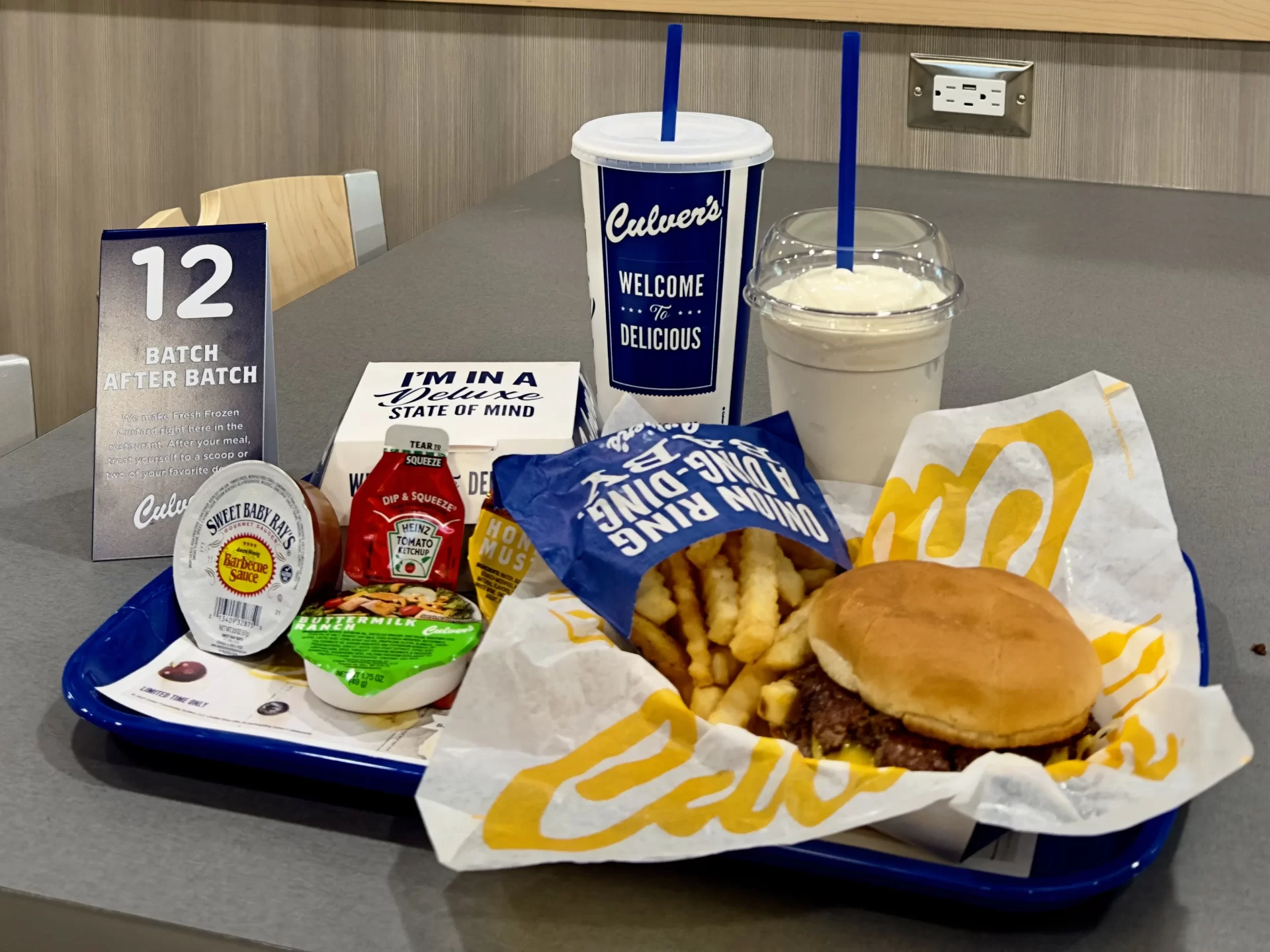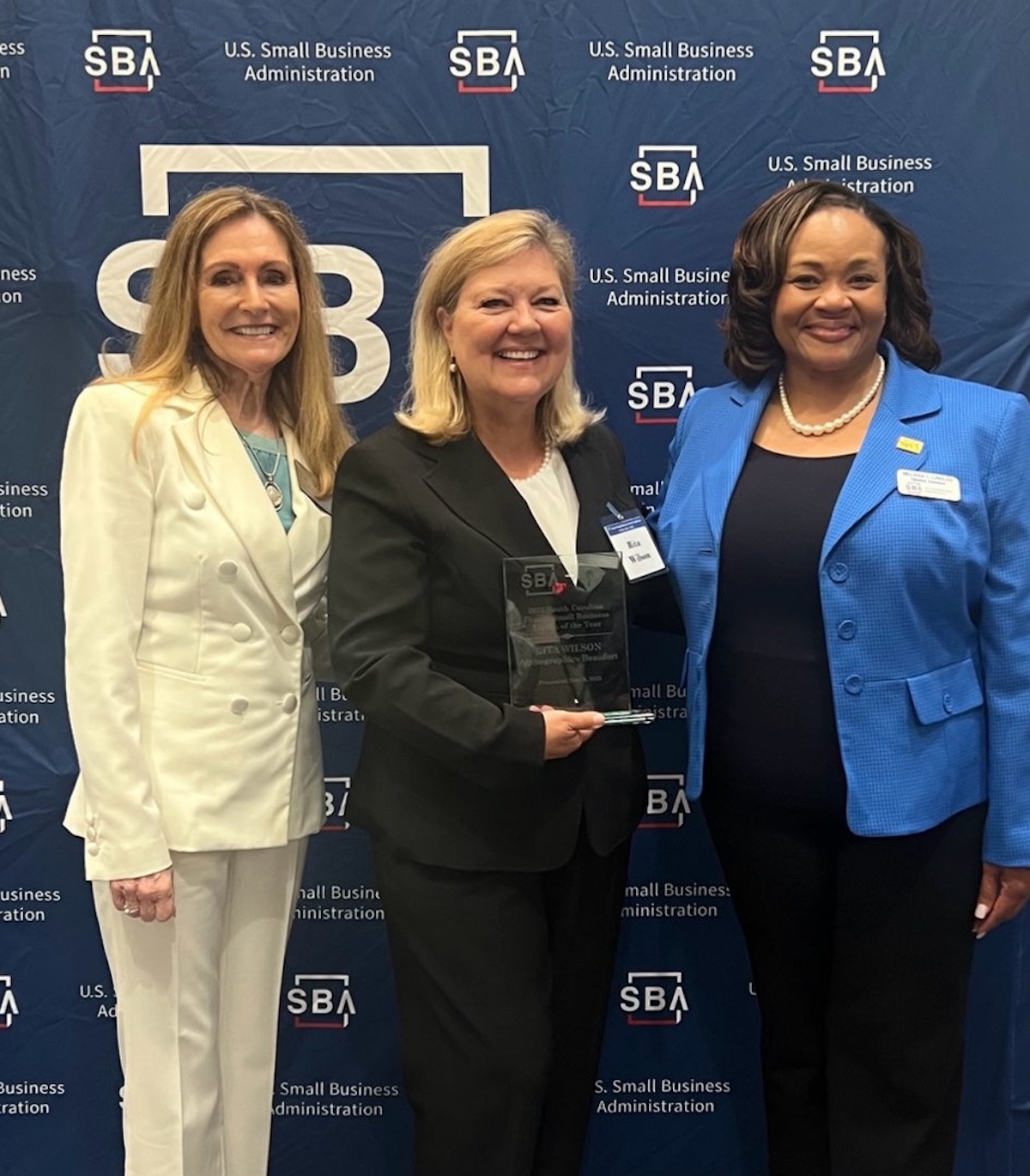PROVIDED BY STATE FARM
Selecting a suitable and safe sleep environment for your baby can be overwhelming. Keep safety in mind with these considerations.
If you’re buying a new crib:
• Look for certification by the Juvenile Products Manufacturers Association, which ensures your crib has been thoroughly tested. (http://www.jpma.org/?page=certification)
• Check the floor model for loose spindles or a shaky frame. These could be signs of poor construction and an unsafe environment for your baby. (http://www.consumerreports.org/cro/cribs/buying-guide.htm)
If you want to use a vintage crib:
• The spindles should be no more than 2 3/8 inches apart — anything wider could allow baby’s head to get stuck. (http://www.whattoexpect.com/pregnancy/ask- heidi/crib-safety.aspx)
• Have the frame tested for lead paint and make sure it doesn’t have any structural weaknesses.
• Avoid older cribs with pull-down sides, which have been connected to infant deaths. (http://www.consumerreports.org/cro/cribs/buying-guide.htm)
Exploring Non-Crib Options
There are no federal safety standards (http://www.consumerreports.org/cro/cribs/buying-guide.htm) for co-sleeping or bedside baskets. If you’d like your infant to sleep in your bed, on a same-surface ‘sidecar’ co-sleeper, or in a bassinet, remember the following (http://cosleeping.nd.edu/safe-co-sleeping-guidelines/):
• Infants should always sleep on their backs.
• Sleeping surfaces should always be firm and clean.
• Blankets should be light and comfortable.
• Infants should never have their heads covered during sleep.
Outfitting Your Crib
The structural integrity of the crib matters as much as its contents and location when it comes to infant sleep safety. Keep the following recommendations in mind:
• Use a firm mattress (https://www.aap.org/en-us/about-the-aap/aap-press- room/Pages/AAP-Expands-Guidelines-for-Infant-Sleep-Safety-and-SIDS-Risk- Reduction.aspx) that fits tightly against the crib sides with no more than two fingers’ width (http://www.cpsc.gov/en/Safety-Education/Safety-Education- Centers/cribs/) of a gap.
• Remove soft or loose bedding and toys — like quilts, pillows and stuffed animals — which can cause suffocation or sudden infant death syndrome (SIDS).
• Avoid using bumpers on the sides of your crib.
• Place the crib away from blind cords and other potential strangulation hazards. (http://www.parents.com/baby/safety/nursery/safe-nursery/?slideId=48465)
• Don’t hang anything heavy over the crib, and avoid decorations with hanging pieces that a baby could grab. (https://www.parents.com/baby/safety/nursery/safe-nursery/?slideId=48471)
State Farm® (including State Farm Mutual Automobile Insurance Company and its subsidiaries and affiliates) is not responsible for, and does not endorse or approve, either implicitly or explicitly, the content of any third party sites hyperlinked from this page. State Farm has no discretion to alter, update, or control the content on the hyperlinked, third party site. Access to third party sites is at the user’s own risk, is being provided for informational purposes only and is not a solicitation to buy or sell any of the products which may be referenced on such third party sites.






